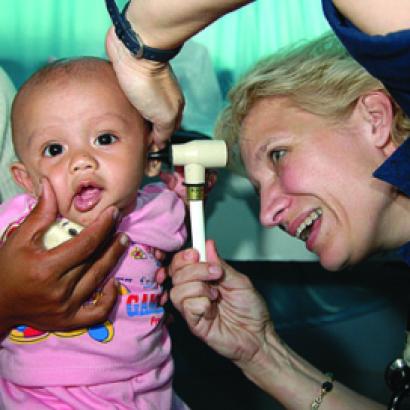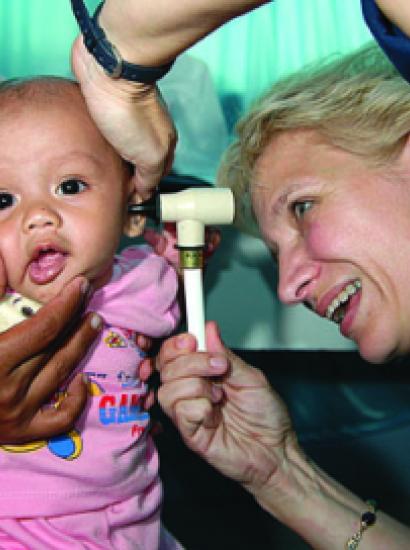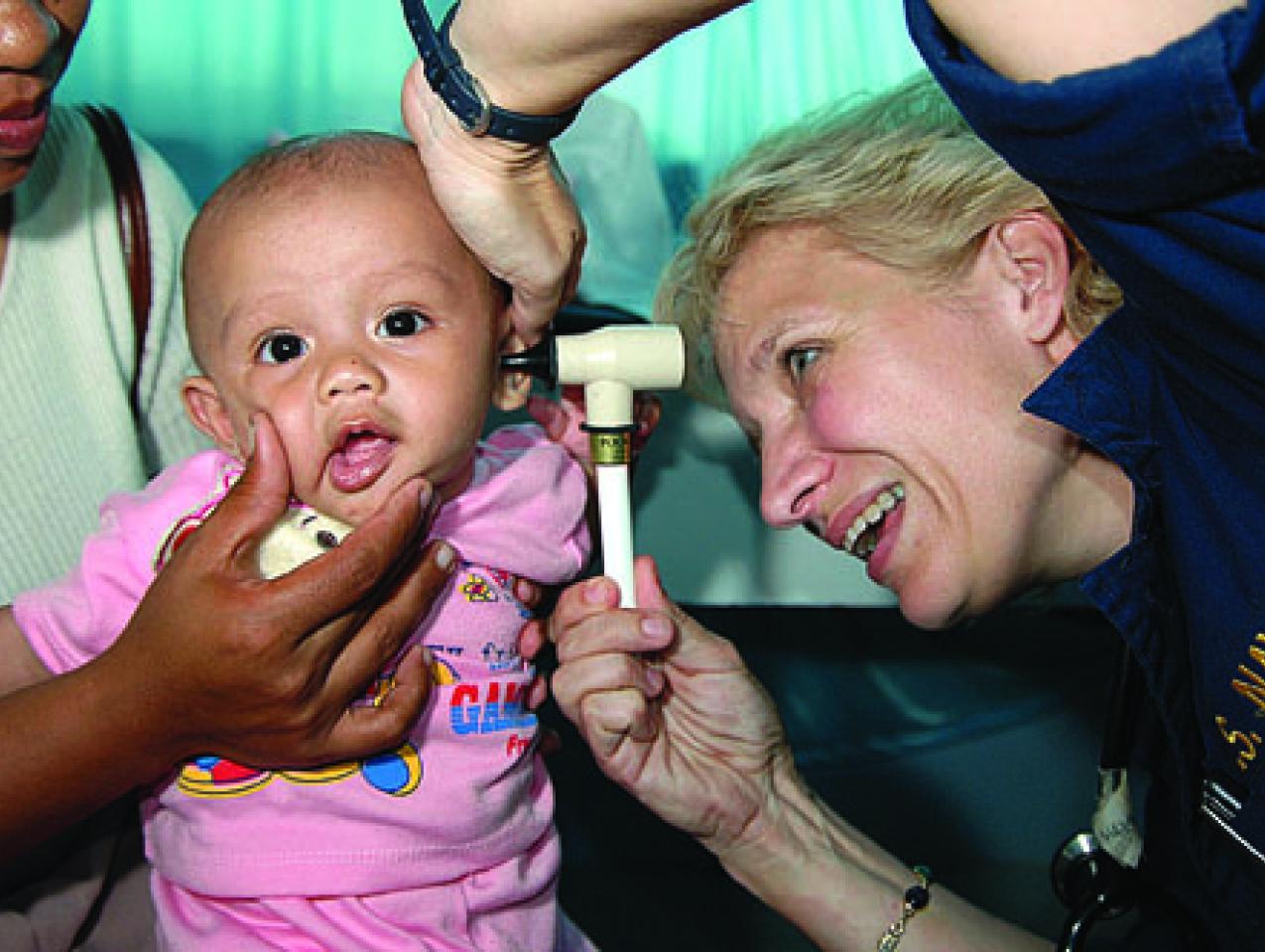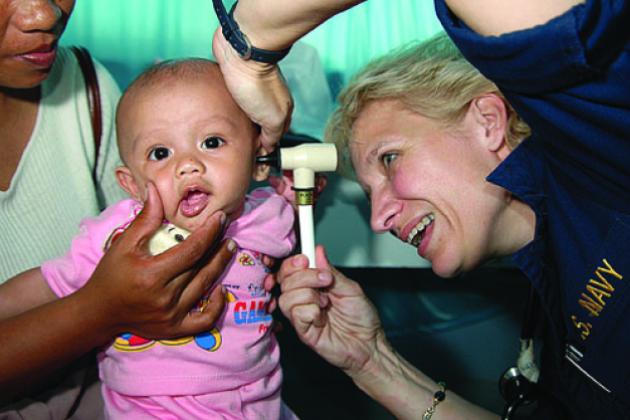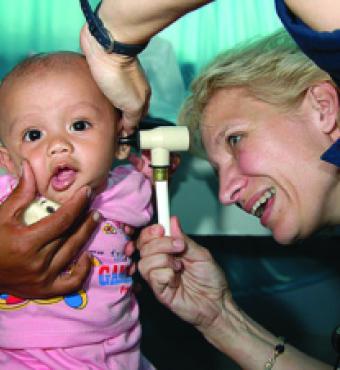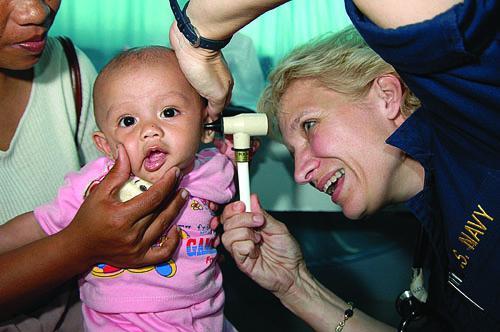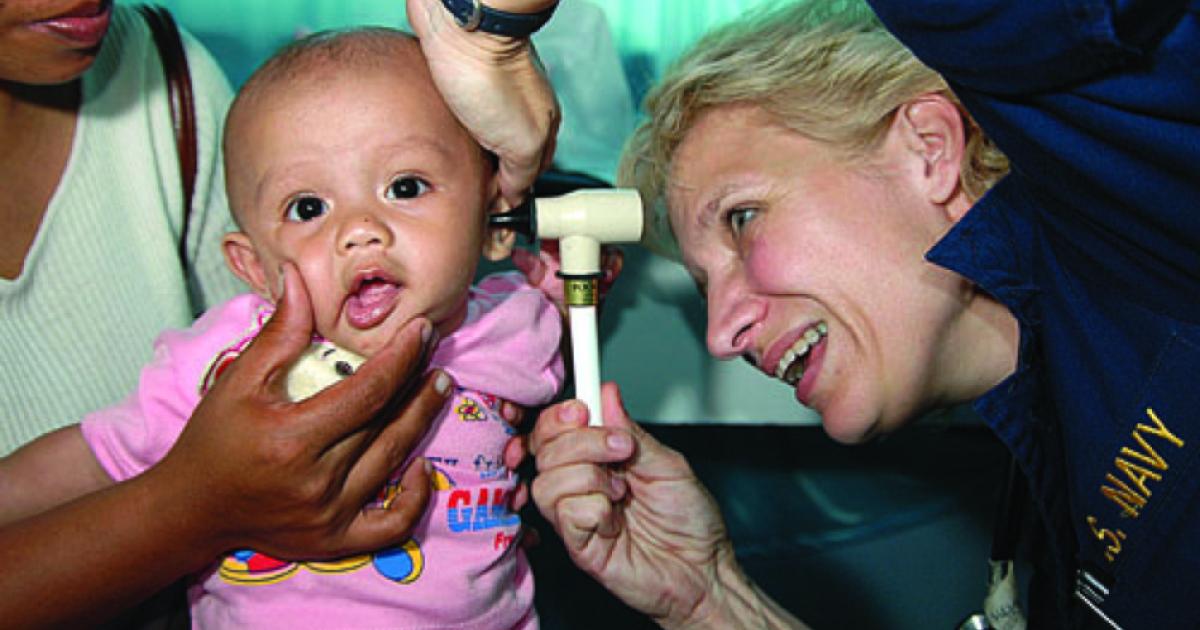- Health Care
- Politics, Institutions, and Public Opinion
- Energy & Environment
Virtually every national and international agency involved in statistical assessments of health status, health care, and economic development uses the infant-mortality rate—the number of infants per thousand live births who die before reaching their first birthday—as a fundamental indicator. America’s high infant-mortality rate has been repeatedly put forth as evidence proving the substandard performance of the U.S. health care system. And now a new report focusing specifically on neonatal mortality (mortality rates in the first four weeks of life) from Mikkel Oestergaard and the World Health Organization (WHO) is being cited as an indictment of U.S. health care, with headlines proclaiming that the United States ranks forty-first in the world on this measure.
It’s not that simple. Infant and neonatal mortality rates are complex, multifactorial end points that oversimplify heterogeneous inputs, many of which have no relation to health care at all. Moreover, these statistics gleaned from the widely varied countries of the world are plagued by inconsistencies, problems with definitions, and gross inaccuracies, all of which disadvantage the ranking of the United States, where accuracy is paramount. Even though Oestergaard’s WHO report lists several “challenges and limitations” in comparing neonatal mortality rates, sensationalized headlines continue to rage about the supposedly poor showing of the United States. Let’s explore some of the difficulties.
Underreporting and unreliability of infant-mortality data from other countries undermine any comparisons with the United States. In a 2008 study, Joy Lawn estimated that a full three-fourths of the world’s neonatal deaths are counted only through highly unreliable five-yearly retrospective household surveys, instead of being reported at the time by hospitals and health care professionals, as in the United States. Moreover, the most premature babies—those with the highest likelihood of dying—are the least likely to be recorded in infant and neonatal mortality statistics in other countries. Compounding that difficulty, in other countries the underreporting is greatest for deaths that occur very soon after birth. Since the earliest deaths make up 75 percent of all neonatal deaths, underreporting by other countries—often misclassifying what were really live births as fetal demise (stillbirths)—would falsely exclude most neonatal deaths.
It would be a mistake to assume that underreporting is confined to less-developed nations. In fact, a number of published peer-reviewed studies show that underreporting of early neonatal deaths has varied between 10 and 30 percent in highly developed Western European and Asian countries.
Gross differences in the fundamental definition of “live birth” also invalidate comparisons of early neonatal death rates. The United States strictly adheres to the WHO definition of live birth (any infant “irrespective of the duration of the pregnancy, which . . . breathes or shows any other evidence of life . . . whether or not the umbilical cord has been cut or the placenta is attached”) and uses a strictly implemented linked birth- and infant-death data set. On the contrary, many other nations, including highly developed countries in Western Europe, use far less strict definitions, all of which underreport the live births of more fragile infants who soon die. As a consequence, they falsely report more favorable neonatal- and infant-mortality rates.
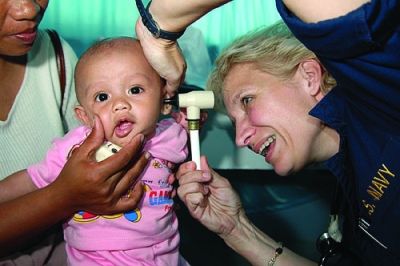
Navy Lieutenant Commander Ronda Bouwens examines a baby in Indonesia, where she and other crewmembers of the hospital ship USNS Mercy had arrived for a humanitarian visit.
A 2006 report from WHO stated that “among developed countries, mortality rates may reflect differences in the definitions used for reporting births, such as cutoffs for registering live births and birth weight.” The Bulletin of the World Health Organization noted that “it has also been common practice in several countries (e.g. Belgium, France, Spain) to register as live births only those infants who survived for a specified period beyond birth”; those who did not survive were “completely ignored for registration purposes.” Since the United States counts as live births all babies who show any evidence of life, even the most premature and the smallest—the very babies who account for the majority of neonatal deaths—it necessarily has a higher neonatal-mortality rate than countries that do not.
IT’S ALL IN THE DEFINITION
A separate Bulletin in 2008 noted that registration of stillbirths, live births, and neonatal deaths is done differently in countries where abortion is legal, compared with countries where abortion is uncommon or illegal, and these discrepancies generate substantial differences in infant-mortality rates. Jan Richardus showed that the perinatal mortality rate “can vary by 50 percent, depending on which definition is used,” and Wilco Graafmans reported that terminology differences alone among Belgium, Denmark, Finland, France, Germany, Greece, the Netherlands, Norway, Portugal, Spain, Sweden, and the United Kingdom—highly developed countries with substantially different infant-mortality rates—caused rates to vary by 14 to 40 percent, and generated a false reduction in reported infant-mortality rates of up to 17 percent.
These differences, coupled with the fact that the U.S. medical system is far more aggressive about resuscitating very premature infants, mean that very premature infants are even more likely to be categorized as live births in the United States even though they have only a small chance of surviving. Considering that even in the United States, roughly half of all infant mortality occurs in the first twenty-four hours, the single factor of omitting very early deaths in many European nations generates their falsely superior neonatal-mortality rates.
An additional major reason for the high infant-mortality rate of the United States is its high percentage of preterm births relative to the other developed countries. Neonatal deaths are mainly associated with prematurity and low birth weight. Therefore the fact that the percentage of preterm births in the United States is far higher than that in all other OECD countries—65 percent higher than in Britain, and more than double the rate in Ireland, Finland, and Greece—further undermines the validity of neonatal-mortality comparisons. Whether this high percentage arises from more aggressive in vitro fertilization, creating multiple-gestation pregnancies, from risky behaviors among pregnant women, or from other factors unrelated to the quality of medical care, the U.S. National Center for Health Statistics has concluded that “the primary reason for the United States’ higher infant mortality rate when compared with Europe is the United States’ much higher percentage of preterm births” (M. F. MacDorman and T. J. Mathews, 2007).
MORE COMPLEX VARIABLES
Throughout the developed world, and regardless of the health care system, infant-mortality rates are far worse among minority populations, and the United States has much more diversity of race and ethnicity than any other developed nation. Whether in wholly government-run health care systems—like Canada’s, or Britain’s NHS—or in the mixed U.S. system, racial and ethnic minorities have higher infant-mortality rates, roughly double those of the majority. While these disparities are among the most perplexing problems in society, they are extremely complex, identifiable even when other risk factors (including maternal age, marital status, and education) are taken into account, and often entirely separate from health care quality. Population heterogeneity specifically distorts mortality rates in the United States.
For decades, the United States has actually shown superior infant-mortality rates using official National Center for Health Statistics and European Perinatal Health Report data—in fact, the best in the world outside of Sweden and Norway, even without correcting for any of the population and risk-factor differences deleterious to the United States—for premature and low-birth-weight babies, the newborns who actually need medical care and are at highest risk of dying.
In summary, the analysis and subsequent comparison of neonatal- and infant-mortality rates have been filled with inconsistencies and pitfalls, problematic definitions, and inaccuracies. Even the use of the most fundamental term, “live births,” greatly distorts infant-mortality rates, because often the infants who die the soonest after birth are not counted as live births outside the United States. In the end, these comparisons reflect deviations in fundamental terminology, reporting accuracy, data sources, populations, and cultural-medical practices—all of which specifically disadvantage the United States in international rankings. And unbeknownst to organizations bent on painting a picture of inferior health care in the United States, the peer-reviewed literature and even the WHO’s own statements agree.








